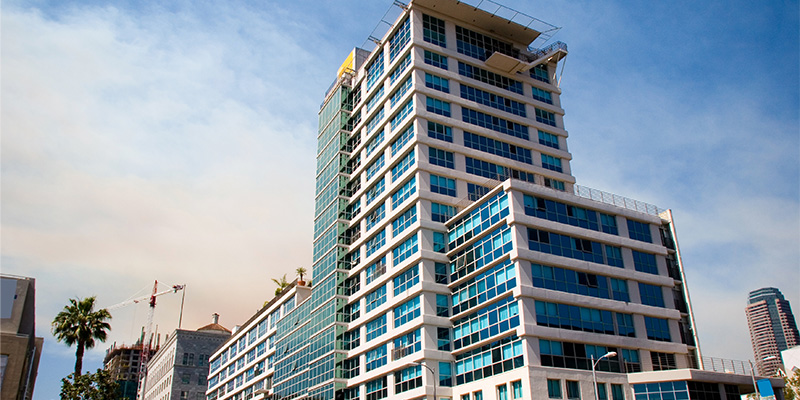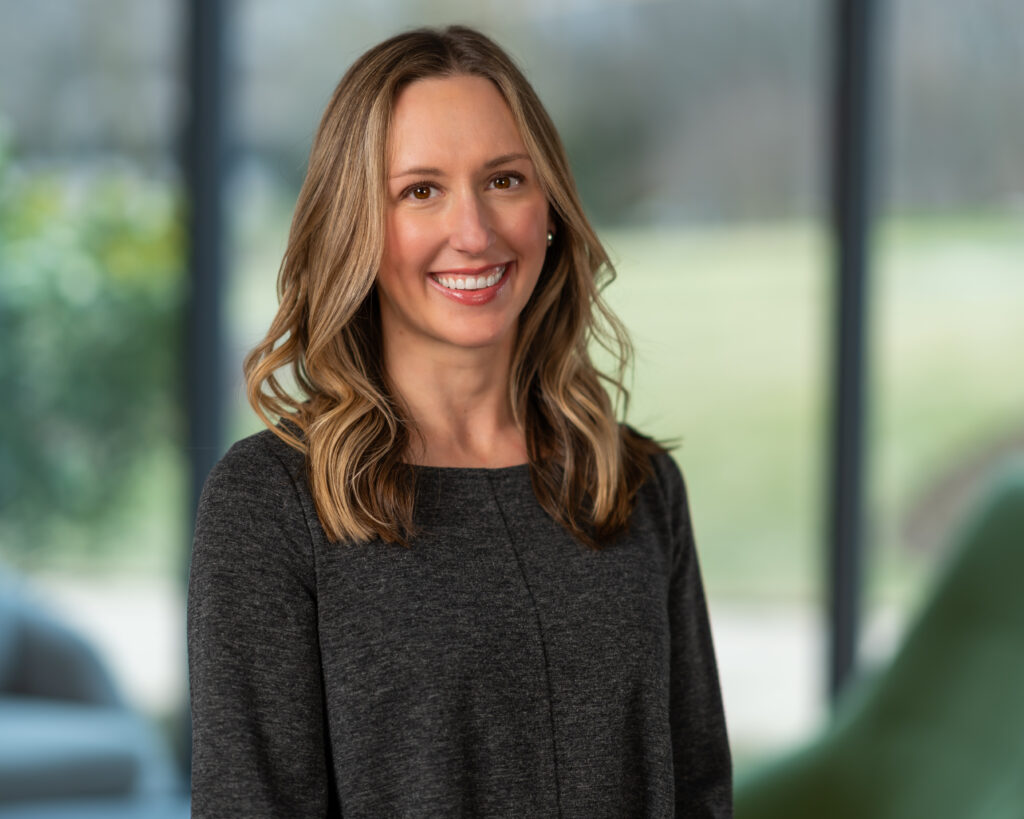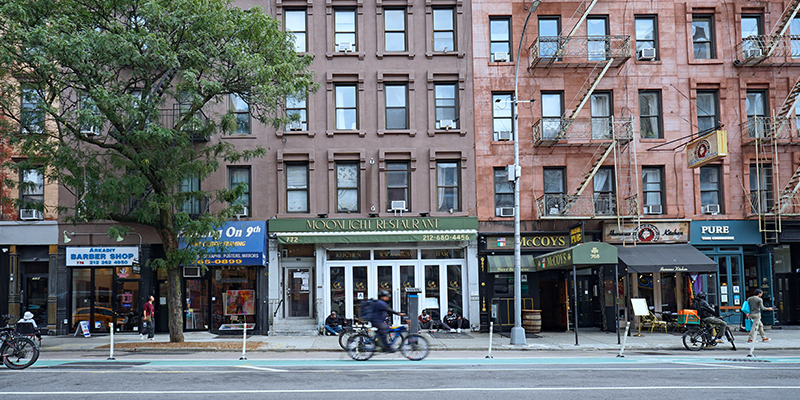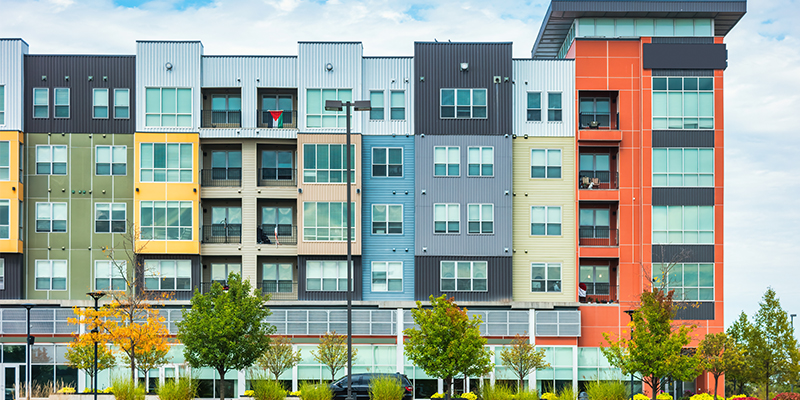As CEO of Cityview, named the most active multifamily developer in Los Angeles by the Los Angeles Business Journal for the past four years, Sean Burton stays busy. He joined NAIOP’s Inside CRE podcast to share market fundamentals for multifamily development, the buzzy sub-sectors with the biggest momentum, and how Cityview is working to address the extreme housing shortage in L.A.
He also explains his personal passion for public service and the thinking behind this bold statement: The current market presents the best multifamily buying opportunity since the Great Recession. Below are some highlights of the episode, lightly edited for clarity.
Lack of Affordable Housing in L.A.
“L.A.’s had quite a bit of unaffordability of housing because we just simply don’t build enough of any kind of new housing. A study was done by the all the local governments, called the Regional Housing Needs Assessment, which dictates how many units you must build over the next 10 years to keep a kind of equilibrium and meet demand. The number that L.A. city is required to build is 57,000 units per year, which is a lot of housing. That doesn’t even address the millions and millions of housing units we should have built in the past that we didn’t, which is why we have these high rents and challenges.
We went back and looked at some studies of how much housing was built by decade in L.A. The “boom years” were considered 2010 to 2019 because there was a lot of equity coming out at the Great Financial Crisis and interest rates were very low. You had some pro-growth policies from the mayor here for housing. We built 15,000 units per year during the boom years and now we’re supposed to build 57,000 units per year to meet demand. “
Getting Capital Off the Sidelines
“Last year was very, very slow in terms of transactions, with a lot of capital on the sideline. I think capital has been waiting to see what the Federal Reserve does, and I don’t think we need to see three rate cuts for capital jump back in. There are billions and billions and billions of dollars of capital sitting on the sidelines waiting to invest – it just needs a kind of signal [from the Fed] to do that.
I will say I think it’s been a more optimistic start to the year. I think we’ve seen a lot more deals on the books, we’ve seen pricing adjust to be more realistic. I think you’re going to see volume increase over the course of the year, frankly, as lenders require existing owners to sell – either put more capital in or sell. I think you’re going to see more people forced to sell and that will create more opportunities.”
Built-to-rent Buzz
“Built-to-rent is a new kind of asset class of purpose-built. What we used to call single-family home communities, instead of being sold one-off to home buyers, are rented and then sold in a block to investors. It’s a very interesting model. It’s harder to do in really urban areas because you need more land but it’s exciting because it’s attracting kind of a new demographic. Maybe it’s families and it’s people who need more space or people that are again working from home and prize that extra space. It’s an interesting and exciting new subclass. I think it’s a little bit of still the Wild West and people are figuring out who the major players are going to be and how to make the deal pencil.”
The Reality of Adaptive Reuse
“We’ve done a fair amount of adaptive reuse at CityView over the years. We did the first big deal in the Arts District in Los Angeles where we took an old furniture warehouse and created 310 units out of that. But with an office it can be particularly challenging because they can have large floor plates, the plumbing’s not in the right location … there are number of issues that can create challenges and make it very expensive.
We’ve actually done a couple of deals where it was a better business plan to demolish and scrape the building – just strip the site. It would be great if we could figure out a way to make [adaptive reuse] work, to help places like downtown L.A., in New York City and other places where the office markets are really struggling, and you have a severe housing shortage. But it really is easier said than done.”
The Next 12-24 Months for Multifamily
“I think you’re going to see new developments be slow until you see a meaningful drop in interest rates. It’s very difficult to make multifamily developments pencil today in most markets.
But the fundamentals of multifamily are still generally strong unlike, let’s say office, where you’ve seen seismic changes. People still need a place to live, occupancy is still high, you’re still selling some kind of basic rent growth in most markets. [There is an] exception for some of the Sunbelt where you have a lot of supply coming in, a lot of competition and there maybe you’re seeing rents go down or lots of concessions, but you haven’t had a kind of a secular change in multifamily.
It’s going to make sense to develop as soon as there’s a little bit of a break in interest rates. [At CityView], we’re not breaking ground on new development, but buying land in key locations, walking through the entitlement process, lining up our construction/general contractor, finishing our plans, lining up our financing. We’ll throw the switch to develop as soon as it makes economic sense to do so, and we’ll be ready to go.”
Listen to the full podcast episode on Spotify or Apple Podcasts.








